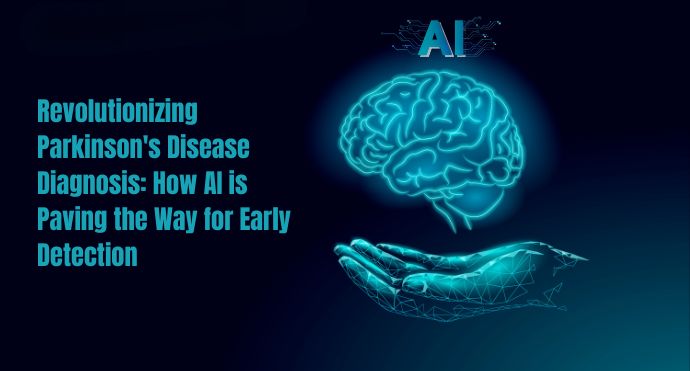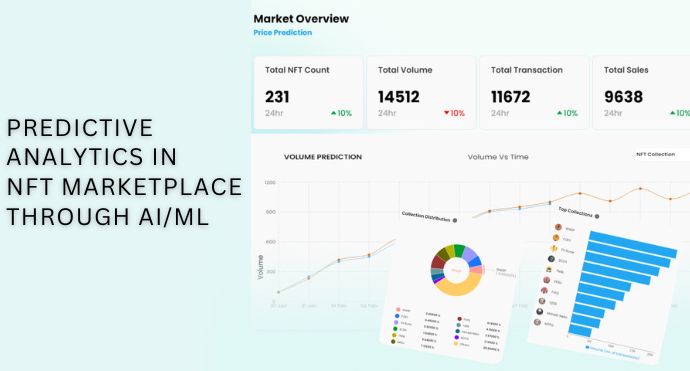The field of artificial intelligence (AI) continues to make remarkable strides in the realm of healthcare. One recent breakthrough is the utilization of AI in detecting Parkinson’s disease at an astonishingly early stage, potentially transforming the landscape of Parkinson’s diagnosis and treatment. A recent study has shown that AI has the capability to identify subtle markers of Parkinson’s disease nearly seven years before an official diagnosis is made. This breakthrough could not only revolutionize the treatment approach but also significantly enhance patients’ quality of life.
AI’s Pioneering Role
In a groundbreaking study, researchers harnessed the power of AI to analyze functional MRI scans of patients’ brains. The remarkable outcome was the AI’s ability to identify signs of Parkinson’s disease far in advance of traditional diagnostic methods. This achievement was made possible through training the AI on a massive dataset of over 46,000 brain scans. By scrutinizing this extensive collection, the AI algorithm learned to recognize intricate patterns and biomarkers linked to Parkinson’s neurodegeneration.
Challenging the Current Norm
The significance of this advancement cannot be overstated. Presently, diagnosing Parkinson’s disease hinges on the observation of physical symptoms. Unfortunately, these symptoms often manifest only when significant brain damage has already occurred, severely limiting the efficacy of available treatments. The ability to detect Parkinson’s disease in its nascent stages holds the potential to revolutionize the treatment approach. By commencing interventions sooner, the progression of the disease might be slowed, ultimately translating to an improved quality of life for patients.
Promising Implications
The implications of this AI-driven early detection approach are immense. Not only does it promise to extend the window of intervention for clinicians, but it also opens avenues for exploring new therapeutic strategies that target the disease at its earliest inception. The hope is that by intervening before substantial damage occurs, clinicians can work to preserve brain function and mitigate the debilitating symptoms that characterize Parkinson’s disease.
A Road Ahead: Challenges and Opportunities
While the results of the study are undeniably promising, challenges remain on the path to implementing AI-based early detection on a broader scale. The technology’s current cost, associated with the requirement for extensive MRI scans, presents a barrier to accessibility. Additionally, further validation is needed to confirm the accuracy and reliability of AI-based detection across diverse patient populations. Researchers and experts are committed to addressing these challenges to ensure equitable access to this potential game-changing innovation.
Conclusion:
The study’s findings underscore the transformative potential of AI in healthcare, especially in the realm of early disease detection. The ability of AI algorithms to perceive subtle indications of Parkinson’s disease long before symptoms manifest holds the key to redefining how the medical community approaches diagnosis and treatment. While hurdles remain, the promise of extending the treatment window, improving patient outcomes, and enhancing quality of life makes the journey towards widespread AI-based early detection an endeavor well worth pursuing. As research and technology advance hand in hand, a future where Parkinson’s disease can be tackled proactively might be closer than we ever imagined.



